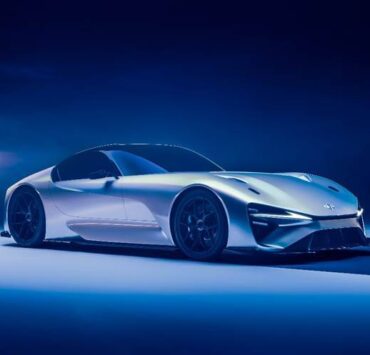TO BE KING AGAIN
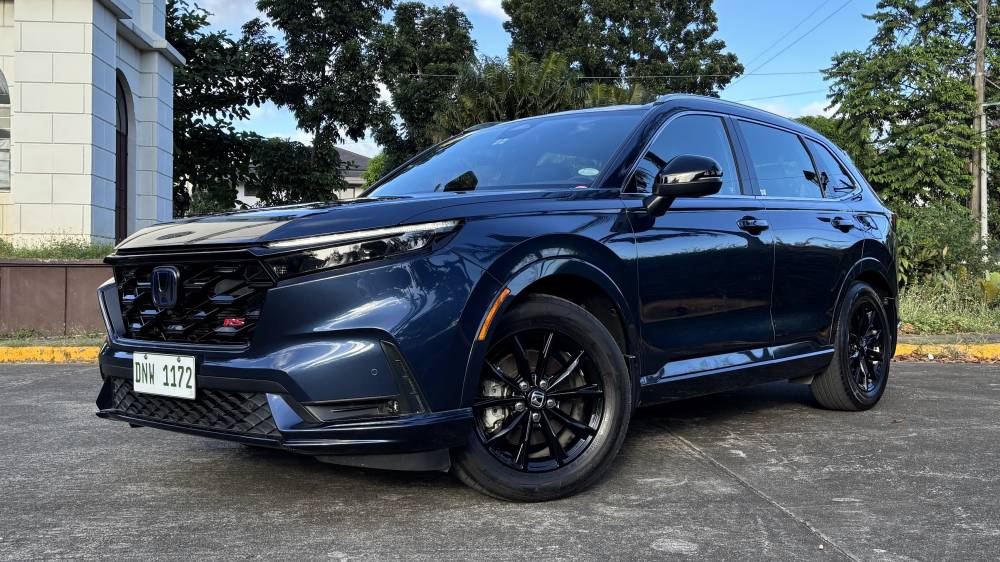
Everybody loves a good comeback story.
People from my generation still remember Disney’s 1994 animated film “The Lion King” – King Mufasa’s son Simba is forced into exile after his uncle Scar tells the young heir-apparent that he had caused his father’s death. With the help of Timon, Pumbaa, Rafiki, Nala and some hakuna matata spirit, Simba returns years later to take his rightful place on the throne.
And in the wild world of politics, which is often stranger than animated fiction, the re-election of Donald Trump to the U.S. presidency has been called the greatest political comeback in recent history. Despite a flurry of legal issues, the former television star left the Democrats in tatters after winning the Electoral College vote and the majority vote.
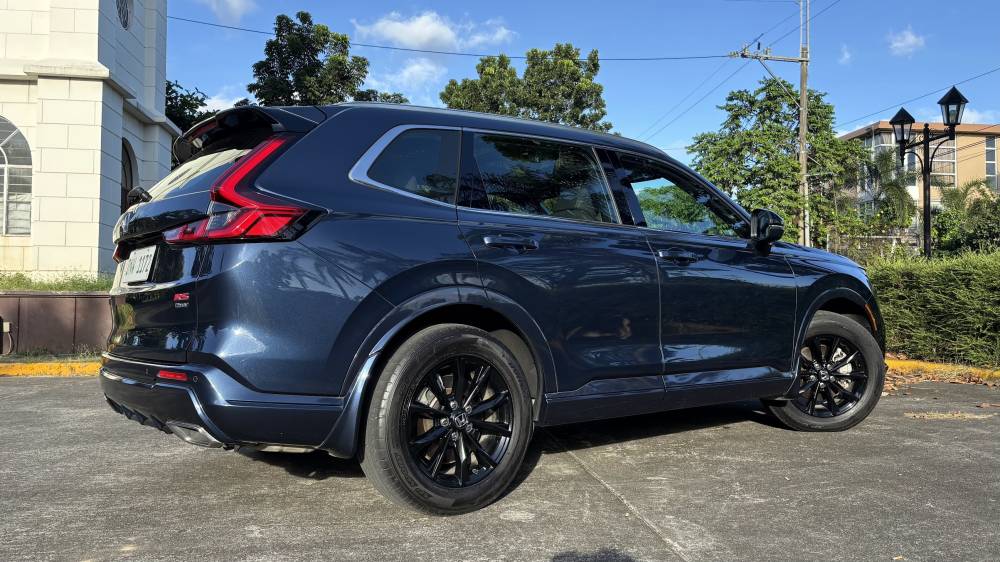
The plots aren’t quite as dramatic in the car industry, but the impact is still significant. As electrified vehicles gained popularity after the Electric Vehicle Industry Development Act lapsed into law on April 2022, Honda Cars Philippines revived its hybrid line-up, starting with the CR-V e:HEV in September last year.
We find out how this comeback kid fares in a nation that’s just starting its electric revolution.
What a looker
The CR-V’s profile may be reminiscent of the previous model, but my goodness it looks really good now.
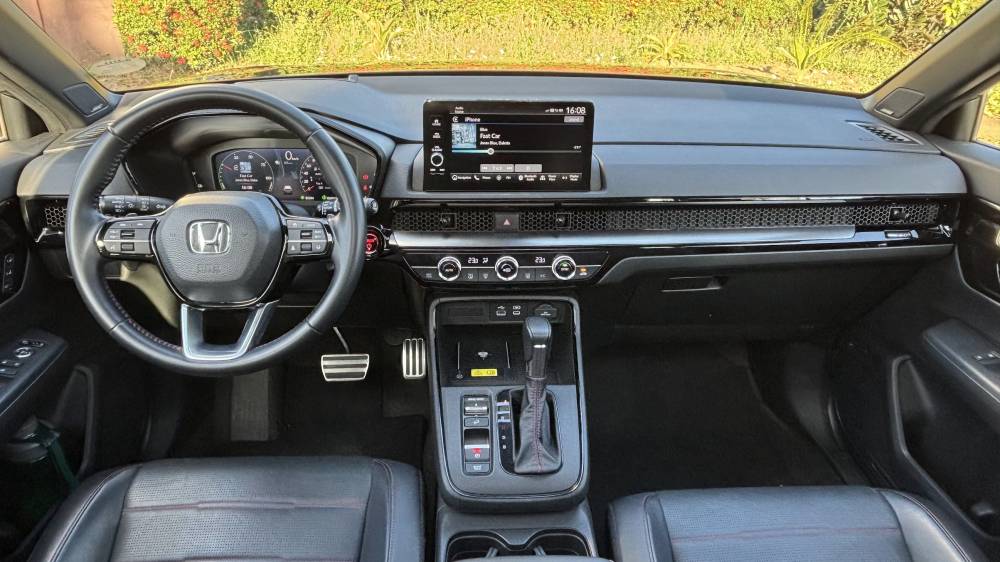
I am particularly fond of the Canyon River Blue Metallic paint scheme – as rich as the night sky where Mufasa appeared before Simba. The only way Honda Cars could have made this crossover look better is if it took the enormously expensive route of covering the whole thing in sapphires.
The color perfectly complements the gloss-black trim on the front grill, side mirrors and 18-inch alloy wheels wrapped in chunky 235/60 series tires. The large automatic LED headlights give the CR-V an edgy face, while the high-mounted LED taillights (a CR-V design feature since the first-generation model) emphasize its generous width.
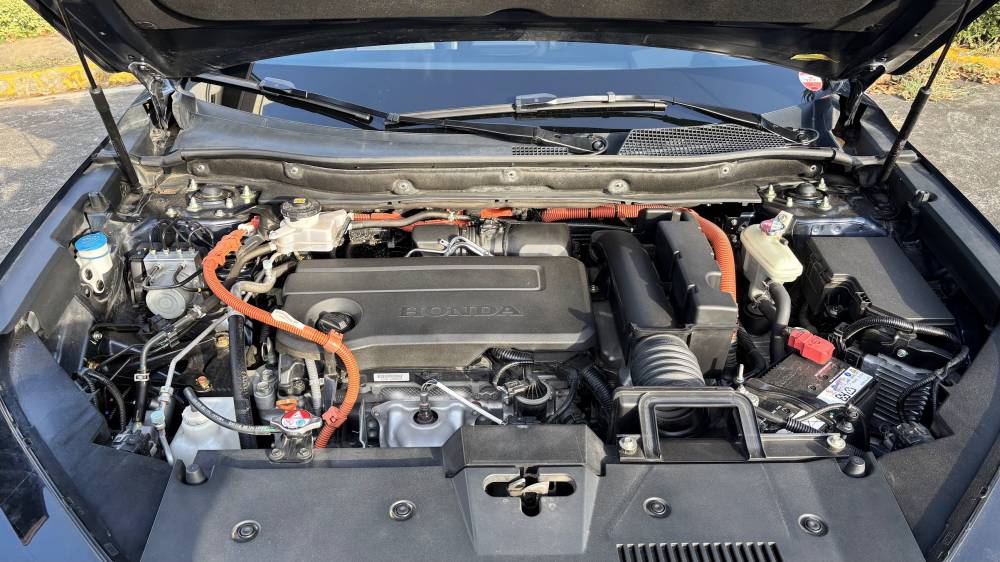
All in all, the CR-V RS e:HEV is handsomely subdued, although others may prefer the more dramatic looks of the GAC Emkoo Hybrid or the Hyundai Tucson Hybrid.
Vast interior
Where the CR-V RS e:HEV really pulls away from its rivals is the sheer amount of interior space.
Five adult lions could easily fit inside the leather-lined cabin, while the commodious cargo area offers 581 liters with the split-folding rear seats up and 1,064 liters with the rear seats down. This easily trumps (no pun intended) the BYD Sealion 6 DM-i’s miniscule carrying capacity, caused by its rather large battery pack.
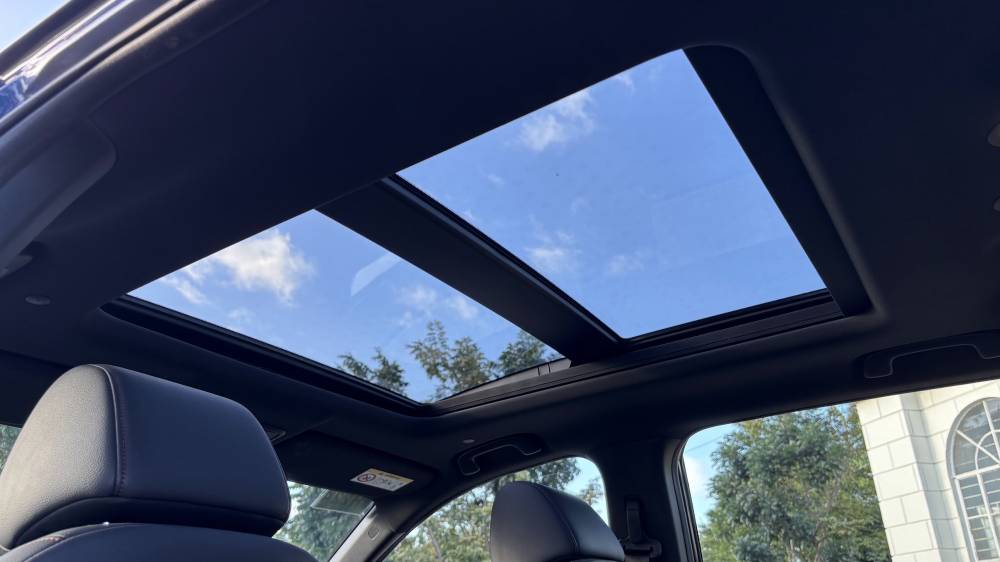
Front-seat passengers enjoy the best view of the Civic-derived dashboard that uses soft-touch materials, piano-black trim and hexagonal shapes. The 9-inch touchscreen infotainment system with wireless Apple CarPlay and Android Auto is marvellously easy to use, while the powerful dual-zone climate control system uses separate knobs and switches (take note of both, BYD).
However, I found that the 360-degree camera system, including the helpful LaneWatch camera, offered a fuzzy picture from its lenses. In addition, the rear seats had hard plastics on the door cards, which is unusual for a vehicle at this price.
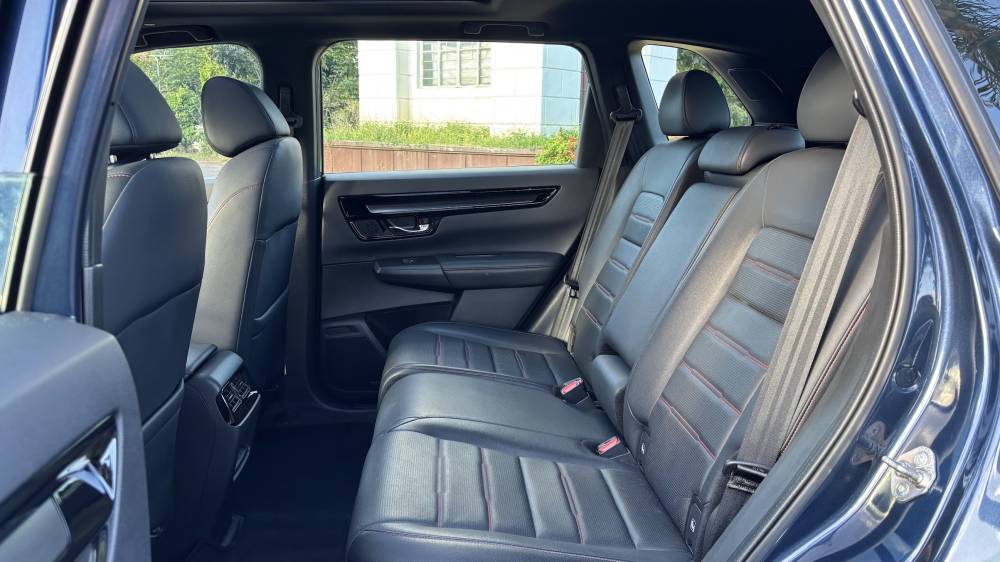
Nonetheless, other fabulous goodies in this top-of-the-line RS e:HEV model include supportive and electrically adjustable front seats with memory function for the driver’s side, panoramic moonroof, electric tailgate, heads-up display, and a 12-speaker Bose surround-sound system.
Secure drive, great efficiency
Another area where the Honda really distinguishes itself is the driving experience.
Whereas the Sealion 6 DM-i is like a pillow with a steering wheel, the CR-V RS e:HEV rewards keen drivers with well-tuned suspension that offers just enough firmness for spirited driving.
Adding confidence is the quick and nicely weighted steering that could use a touch more feel, as well as strong brakes with a beautifully precise pedal for easy modulation.
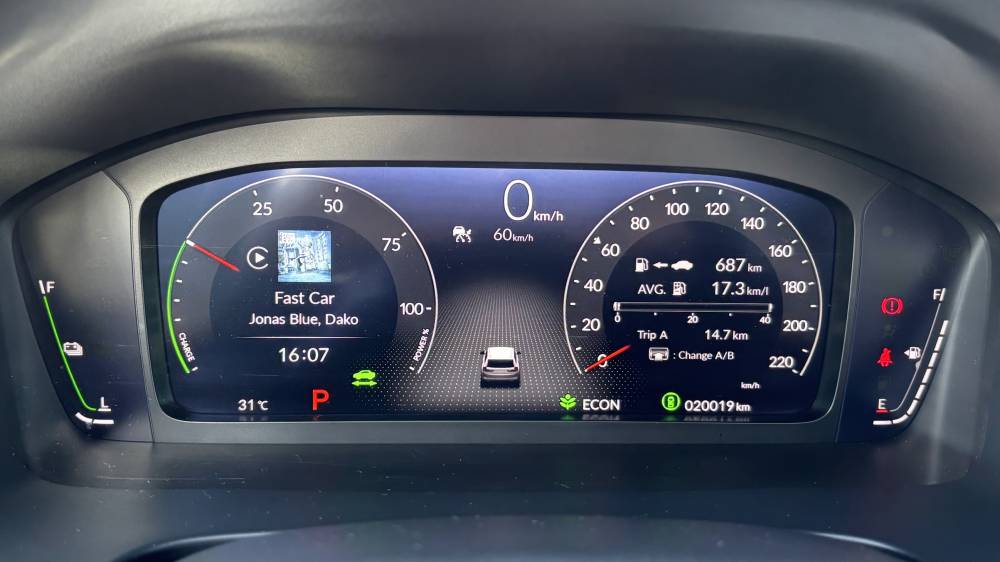
Motivation is courtesy of a 2.0-liter twin-cam, 16-valve inline-4 gasoline engine mated to an electric motor. Combined output is 181 horsepower and 335 Newton-meters of torque, coursed through a continuously variable transmission.
Acceleration is fine for regular driving, but it noticeably lacks the oomph of rivals like the turbocharged Tucson Hybrid (232 horsepower and 367 Newton-meters), the Emkoo Hybrid (235 horsepower and 300 Newton-meters) and the Sealion 6 DM-i (214 horsepower and 315 Newton-meters).
Fuel efficiency is very competitive, though – 12 to 15 kilometers per liter in the city and 15 to 18 kilometers per liter on the expressway. But the lack of plug-in capability means the CR-V RS e:HEV has a relatively miniscule range on battery power alone, whereas the Sealion 6 DM-i can do about 100 kilometers on a full charge.
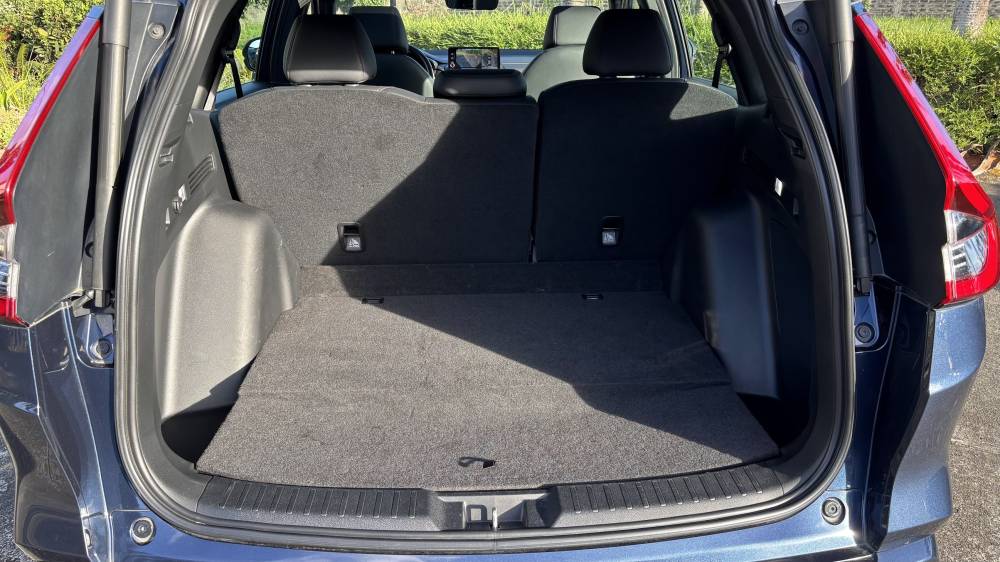
The big Honda does make up for this by having the one of the finest active-safety suites on the market. Honda SENSING remains the benchmark that all mainstream automakers shall be judged against, combining superb tuning with a bevy of truly effective and life-saving driver assists (BYD, ito rin).
More in store
We mustn’t forget the Honda Cars was among the first automakers to offer a production hybrid-electric vehicle, starting with the truly gorgeous Insight coupe in 1999.
Put another way, the CR-V RS e:HEV is a product of well over 25 years of experience in engineering electrified mobility. It’s a comeback that heralds a great new direction for the Japanese carmaker locally, especially with the launch of the Civic e:HEV last October (and more to come, so I hear).
At P2,590,000, this electrified CR-V is easily nicer than the P2,356,000 Toyota RAV4 LTD HEV. But Honda Cars’ return to the hybrid stakes has been made all the tougher by models from China – the P1,548,000 BYD Sealion 6 DM-i and the P1,698,000 GAC Emkoo Hybrid may lack the Honda’s polish and pedigree, but promise substantial value for money.
Knowing Honda Cars Philippines, it’ll find a way to go like Simba and be king again. Hakuna matata.















